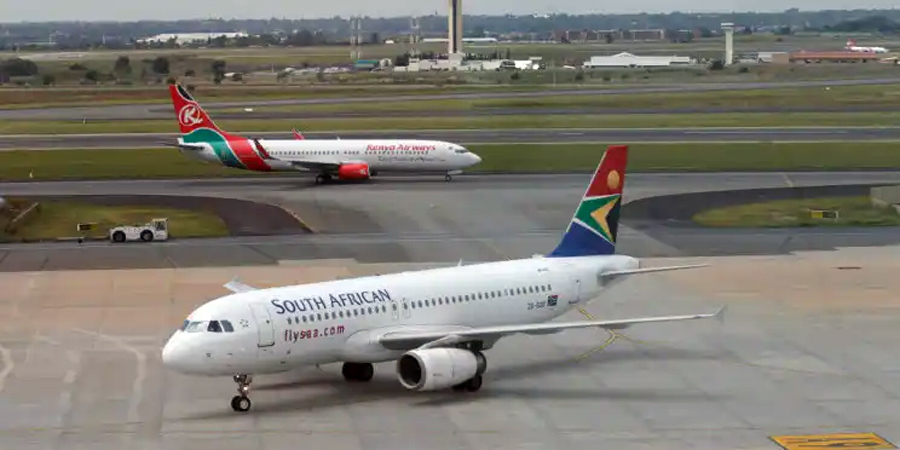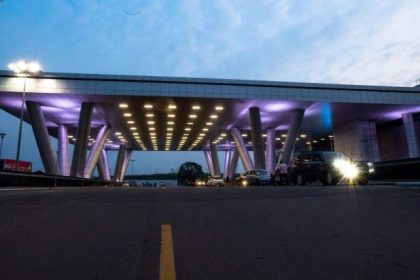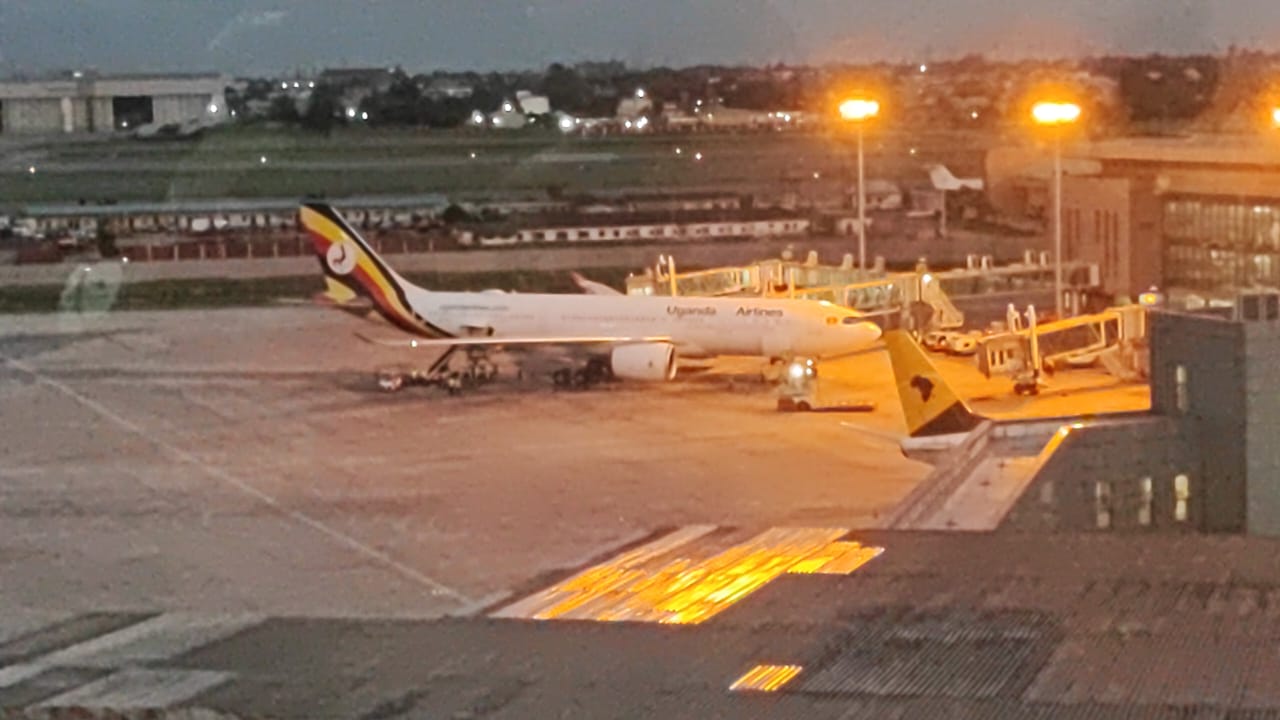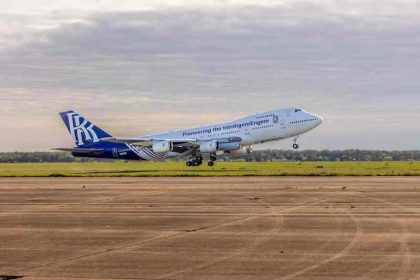Against the headwinds, African airlines clawing their way out of the red

Michael Wakabi
Despite significant macro-economic risk across the continent, African airlines are expected to narrow their loss for 2022 to USD638 million, as the global airline industry finds its way back to profitability next year; the International Air Transport Association (IATA) says in its latest forecast for the industry.
While the global industry is expected to return to what IATA Director General Willie Walsh describes as “razor-thin profitability” during 2023, African airlines which lost USD1.1 billion during 2021, are projected to slash their losses further to USD213 million before clawing their way back into the black in 2024, barring unexpected developments.
“Resilience has been the hallmark for airlines in the COVID-19 crisis. As we look to 2023, the financial recovery will take shape with a first industry profit since 2019. That is a great achievement considering the scale of the financial and economic damage caused by government imposed pandemic restrictions. But a USD4.7 billion profit on industry revenues of USD779 billion also illustrates that there is much more ground to cover to put the global industry on a solid financial footing,” said Willie Walsh against the backdrop of the IATA Global Media Days in Geneva.
And although many airlines are sufficiently profitable to attract the capital needed to drive the industry forward as it decarbonizes, Walsh sees many others that are struggling for a variety of reasons, such as “onerous regulation, high costs, inconsistent government policies, inefficient infrastructure and a value chain where the rewards of connecting the world are not equitably distributed.”
Globally, airlines that will lose USD6.9 billion this year, are expected to post a USD4.7 billion profit off revenues of USD779billion- representing a margin of just 0.6 percent in 2023.
Despite its losses, Africa will maintain a positive trajectory with passenger demand growing 27.4pc against a 21.9pc increase in capacity deployed. Passenger performance is expected to return to 86.3pc of pre-crisis demand levels on 83.9pc of pre-crisis capacity.
On the flipside, Africa still faces significant macro-economic risk which has amplified the vulnerability of several economies and made connectivity more complex.
The airline industry last posted a profit in 2019 when USD26.4 billion and a net margin of 3.1percent were realised. The USD6.9 billion loss for 2022, will be a sharp improvement on the $42.0 billion lost last year and $137.7 billion 2020.
IATA attributes the improved prospects for 2022 better yields and tight-fist cost control in the face of rising fuel prices. Passenger yields for this year are expected to grow by 8.4 percent supported by a rebound in passenger revenues to $438 billion, up from USD239 billion in 2021.
Air cargo revenues which have supported the industry revenues the Covid-19 crisis, are also expected to reach USD201.4 billion this year, more than double the USD100.8 billion earned in 2019.
Walsh says industry prospects for 2022 were weighed down by a downgrade of GDP growth expectations to 2.9pc, and delays in removing COVID-19 restrictions in several markets, especially China.
As a result, while IATA anticipated that passenger traffic would this year rebound to 82.4pc of pre-crisis levels in its June forecast, industry demand recovery is now expected to reach just 70.6pc of pre-crisis levels. Cargo, which was projected to beat 2019 levels by 11.7pc, will weigh-in at 98.4pc of 2019 levels.
Prospects were further impacted by a spike in fuel prices that are now expected to average USD138.8/barrel for the year, against initial projections of USD125.5/barrel in June. Even with lower demand that resulted in reduced consumption, higher prices pushed the industry’s fuel bill to USD222 billion for the year, against the USD192 billion anticipated in June.
“That airlines were able to cut their losses in 2022, in the face of rising costs, labour shortages, strikes, operational disruptions in many key hubs and growing economic uncertainty speaks volumes about peoples’ desire and need for connectivity. With some key markets like China retaining restrictions longer than anticipated, passenger numbers fell somewhat short of expectation. We’ll end the year at about 70pc of 2019 passenger volumes. But with yield improvement in both cargo and passenger businesses, airlines will reach the cusp of profitability,” said Walsh.

 Saudia’s 105 aircraft order stretches A320neo lead over rival Max
Saudia’s 105 aircraft order stretches A320neo lead over rival Max
 Entebbe in race against time as passenger traffic overruns capacity
Entebbe in race against time as passenger traffic overruns capacity
 Commuter bus operator Tondeka Metro loses city commuter business in web of intrigue
Commuter bus operator Tondeka Metro loses city commuter business in web of intrigue
 Uganda Airlines likely to miss Spirit A320neo delivery slots
Uganda Airlines likely to miss Spirit A320neo delivery slots
 Rolls-Royce Pearl 10X engine takes flight
Rolls-Royce Pearl 10X engine takes flight
 Rare insights into Uganda aviation market at UCAA air services license meeting
Rare insights into Uganda aviation market at UCAA air services license meeting
